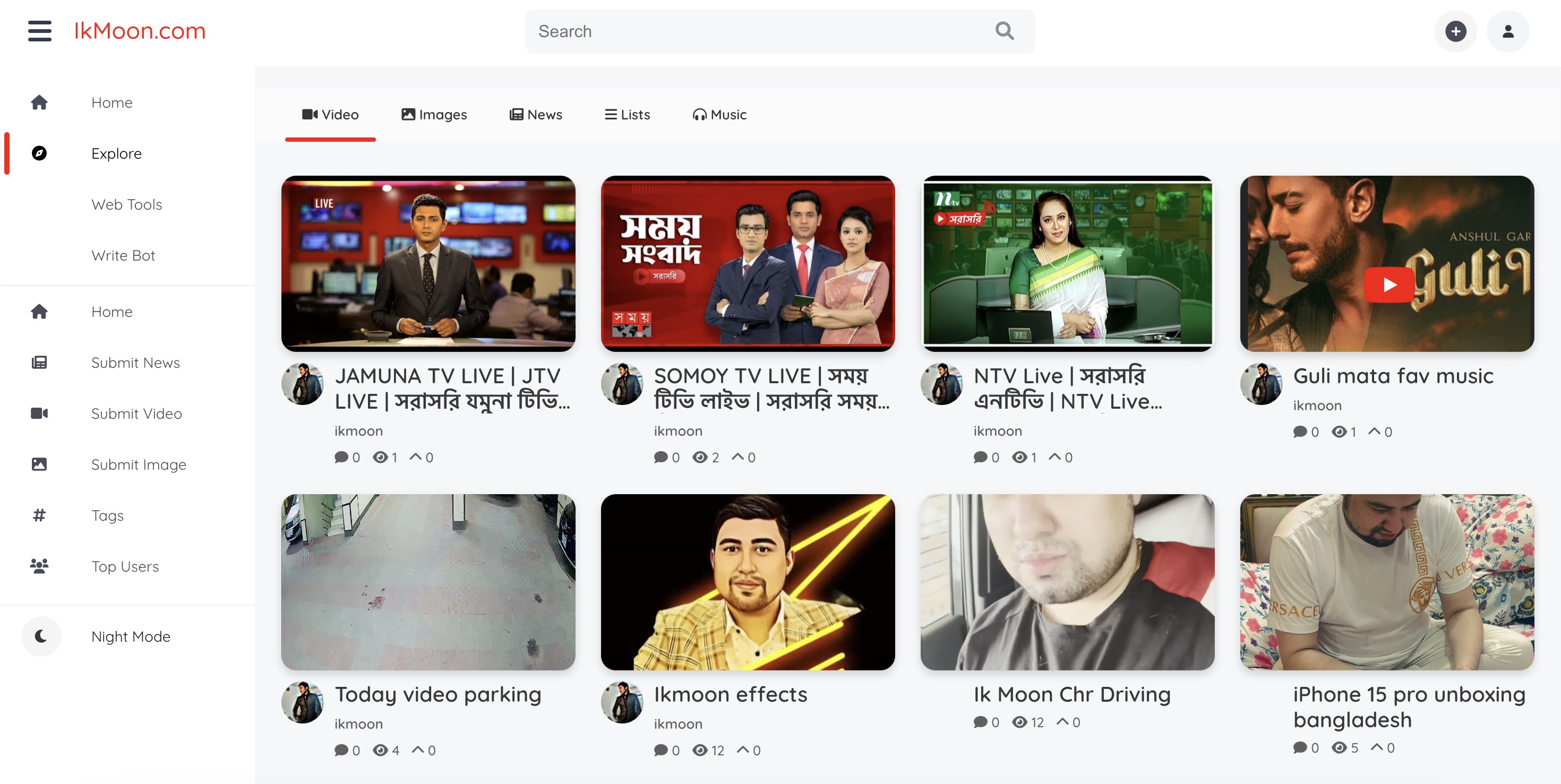Can Stablecoins Thrive Without Banks?
The post Can Stablecoins Thrive Without Banks? appeared on BitcoinEthereumNews.com. The increasing impact of digital assets on global finance has led to a larger conversation about the potential of stablecoins. At the Consensus 2025 event held in Toronto, senior figures like PayPal’s Jose Fernandez da Ponte and MoneyGram’s Anthony Soohoo stressed the indispensable role banks play in advancing the stablecoin ecosystem. Why Are Banks Essential? Fernandez da Ponte elucidated that the participation of banks is crucial for stablecoins to extend their reach beyond just crypto enthusiasts and into the mainstream. Banks provide necessary infrastructure such as secure asset storage and smooth transfer operations, serving as a vital link to facilitate the expansion of stablecoins. In the United States, evolving regulatory frameworks for digital assets aim to set clear rules. These anticipated regulations could legally endorse banks’ involvement in the stablecoin industry. How Do Regulations Influence the Market? Soohoo of MoneyGram indicated that expected regulatory clarity could bolster trust in stablecoins and invite additional issuers. Prospective rules are likely to solidify user protection and transparency, enticing more participants to the market. Presently, Tether‘s USDT and Circle’s USDC dominate the $230 billion stablecoin market. However, PayPal’s PYUSD, launched in 2023, occupies a modest fraction, with $900 million circulating. Fernandez da Ponte highlighted that stablecoin success should also be evaluated through metrics such as active wallets, transaction speed, and volume. How Are Stablecoins Viewed Globally? In nations grappling with inflation and currency fluctuations, stablecoins backed by the dollar are favored for saving and international transfers. MoneyGram enables access to these financial instruments globally. Many individuals choose to preserve their wealth in dollars where possible. While adoption in developed regions is sluggish, prospective regulatory changes might streamline treasury management and international payments for corporations. Both PayPal and MoneyGram executives clarified that the true potential of stablecoins lies in practical applications that resolve real-world issues,…

The post Can Stablecoins Thrive Without Banks? appeared on BitcoinEthereumNews.com.
The increasing impact of digital assets on global finance has led to a larger conversation about the potential of stablecoins. At the Consensus 2025 event held in Toronto, senior figures like PayPal’s Jose Fernandez da Ponte and MoneyGram’s Anthony Soohoo stressed the indispensable role banks play in advancing the stablecoin ecosystem. Why Are Banks Essential? Fernandez da Ponte elucidated that the participation of banks is crucial for stablecoins to extend their reach beyond just crypto enthusiasts and into the mainstream. Banks provide necessary infrastructure such as secure asset storage and smooth transfer operations, serving as a vital link to facilitate the expansion of stablecoins. In the United States, evolving regulatory frameworks for digital assets aim to set clear rules. These anticipated regulations could legally endorse banks’ involvement in the stablecoin industry. How Do Regulations Influence the Market? Soohoo of MoneyGram indicated that expected regulatory clarity could bolster trust in stablecoins and invite additional issuers. Prospective rules are likely to solidify user protection and transparency, enticing more participants to the market. Presently, Tether‘s USDT and Circle’s USDC dominate the $230 billion stablecoin market. However, PayPal’s PYUSD, launched in 2023, occupies a modest fraction, with $900 million circulating. Fernandez da Ponte highlighted that stablecoin success should also be evaluated through metrics such as active wallets, transaction speed, and volume. How Are Stablecoins Viewed Globally? In nations grappling with inflation and currency fluctuations, stablecoins backed by the dollar are favored for saving and international transfers. MoneyGram enables access to these financial instruments globally. Many individuals choose to preserve their wealth in dollars where possible. While adoption in developed regions is sluggish, prospective regulatory changes might streamline treasury management and international payments for corporations. Both PayPal and MoneyGram executives clarified that the true potential of stablecoins lies in practical applications that resolve real-world issues,…
What's Your Reaction?





































